Garmin buys GEOS, good or bad for SEND distress services?
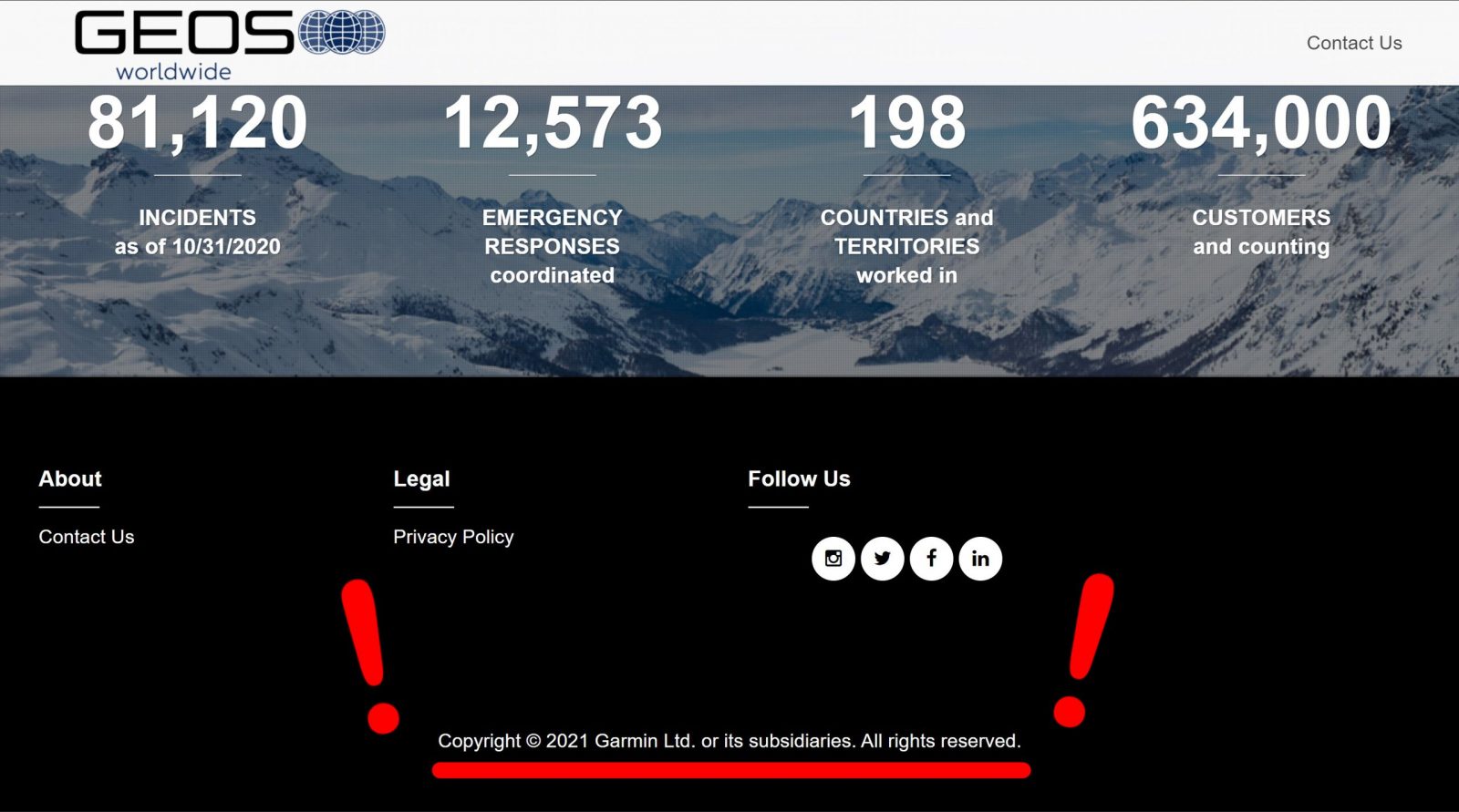
SEND is not a commonly used acronym, but it’s especially worth understanding because Garmin just acquired GEOS Worldwide, the company that runs “the only global Search and Rescue Coordination Center for Satellite Emergency Notification Devices (S.E.N.D.).” If you own a Garmin inReach this is almost undoubtedly good news, but what about boaters who use other SEND distress, tracking, and messaging systems like Globalstar Spot, Iridium GO, Inmarsat IsatPhone, Zoleo, Skymate Mazu, and others?
Cutting quickly to the chase, I strongly doubt that Garmin will mess with any of the many competitors who have contracted the GEOS International Emergency Response Coordination Center (IERCC) to manage their customers’ distress messages. While the acquisition press release is not specific on this subject, a Garmin spokesperson quickly followed up on my question thusly:
Garmin does not intend to make any changes to the access of SEND products or service levels provided by the IERCC to other companies.
In fact, there are numerous reasons why Garmin will not make any such changes. Their inReach satellite communications line is already competing quite well, using a critical safety feature as a business tool would be a poor corporate look anyway, and Iridium — which provides the satellite service for most SENDs, including inReach — might have something to say about it.
Moreover, Garmin’s corporate DNA has long meant either creating or acquiring every aspect of their products, as witnessed during my 2010 visit to their Olathe HQ. And their major marine acquisitions like Fusion Audio and Navionics have seemingly maintained integration relationships with many of their major competitors. So let’s take Garmin at its word when it wrote this to inReach users last week:
Garmin is committed to ensuring the IERCC continues its superior service as an industry-leading provider of emergency monitoring and response services. Together, we are dedicated to continuing to ensure that adventurers and travelers all over the world have access to 24/7 emergency assistance when they need it.
But it’s also a good time to review the short but successful history of GEOS and SEND systems.
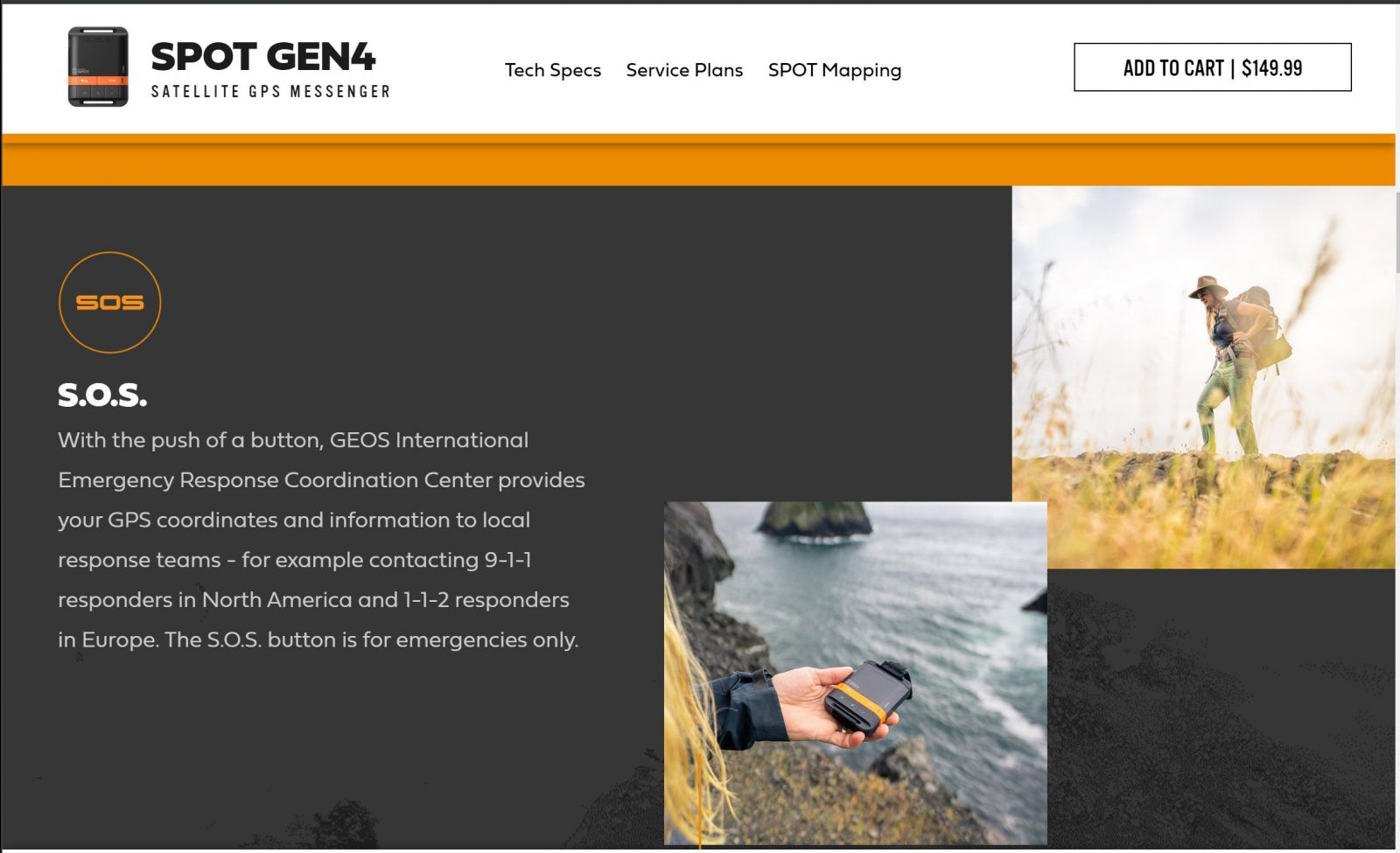
It all started in 2007 with the original SPOT messenger. I was impressed with early testing, as long as users understood its need for an excellent sky view and its lack of truly global coverage. But I also bridled at SPOT’s early fear marketing, even challenged the New York Times’ rosy gadget coverage, and certainly understood the discomfort with a commercial satellite system (Globalstar) delivering distress calls to a commercial rescue center (then called the GEOS Alliance). Especially when the government-supported international Cospas-Sarsat system already supported effective and tightly standardized Personal Locator Beacons (PLBs), and even marine-specific Emergency Position Indicating Radio Beacons (EPIRBs).
Early SPOT messengers also developed a reputation for accidental (or unnecessary) distress alerts, and in 2012 GEOS was blamed — unfairly, I thought — for a slow response to a terrible sailboat accident. But by then an Iridium-instigated group of manufacturers was working with the RTCM to create the SEND standard with minimum performance mandates like a distress message control difficult to enable accidentally. In fact, Panbo readers and I got to have a say about SEND development in 2010 and the original DeLorme inReach surfaced soon after.
So while first-generation hiccups may account for my initial uneasiness with the idea of one SEND manufacturer owning the single IERCC for virtually all SENDs, actually the SEND world has become pleasantly settled since those early days. There’s little talk of accidental alerts or bungled responses while GEOS usage stats and rescue stories impress.
Meanwhile, PLB and EPIRB rescues have apparently not slowed down, so the 2011 challenge written by SEND activist Doug Ritter — Is COSPAS-SARSAT On Endangered List? — has not materialized. But Doug’s prediction about how SENDs with features like inexpensive two-way messaging and tracking in addition to beyond-cellular SOS certainly came true. And while the standard he helped create is partially why the search and rescue organizations have adapted to SENDs, certainly GEOS also deserves a lot of credit.

When I wrote about GEOS in 2008, I somewhat romanticized its alleged roots in can-do British Special Forces and also discovered that it had established its IERCC in a super-secure and somewhat mysterious old fallout shelter in Texas. Well, the Westland Bunker is better known now (and greatly fixed up), but while GEOS is still there, the two-story underground portion of the complex was barely mentioned during a recent Houston Public Radio profile.
It’s good to know that the rescue center I might one day contact is well protected, and also that they handle emergencies in the far off places discussed in the radio profile. In my case, likely on a boat along the east coast of North America, the GEOS IERCC would likely pass my distress information to a USCG RCC or maybe a Canadian MRSC — I’m still hoping to get up there — just as a Cospas-Sarsat Mission Control Center would. But GEOS is capable of much more, perhaps more than anyone in certain cases.
That’s because GEOS can even coordinate a private search and rescue contractor if you’re in trouble outside the scope of official SAR services, as explained here by Globalstar. In fact, while most SEND providers now include GEOS SOS service in their messaging and tracking service plans, in most cases you can add GEOS SAR insurance that should cover much or all of a private rescue cost. Good to know!
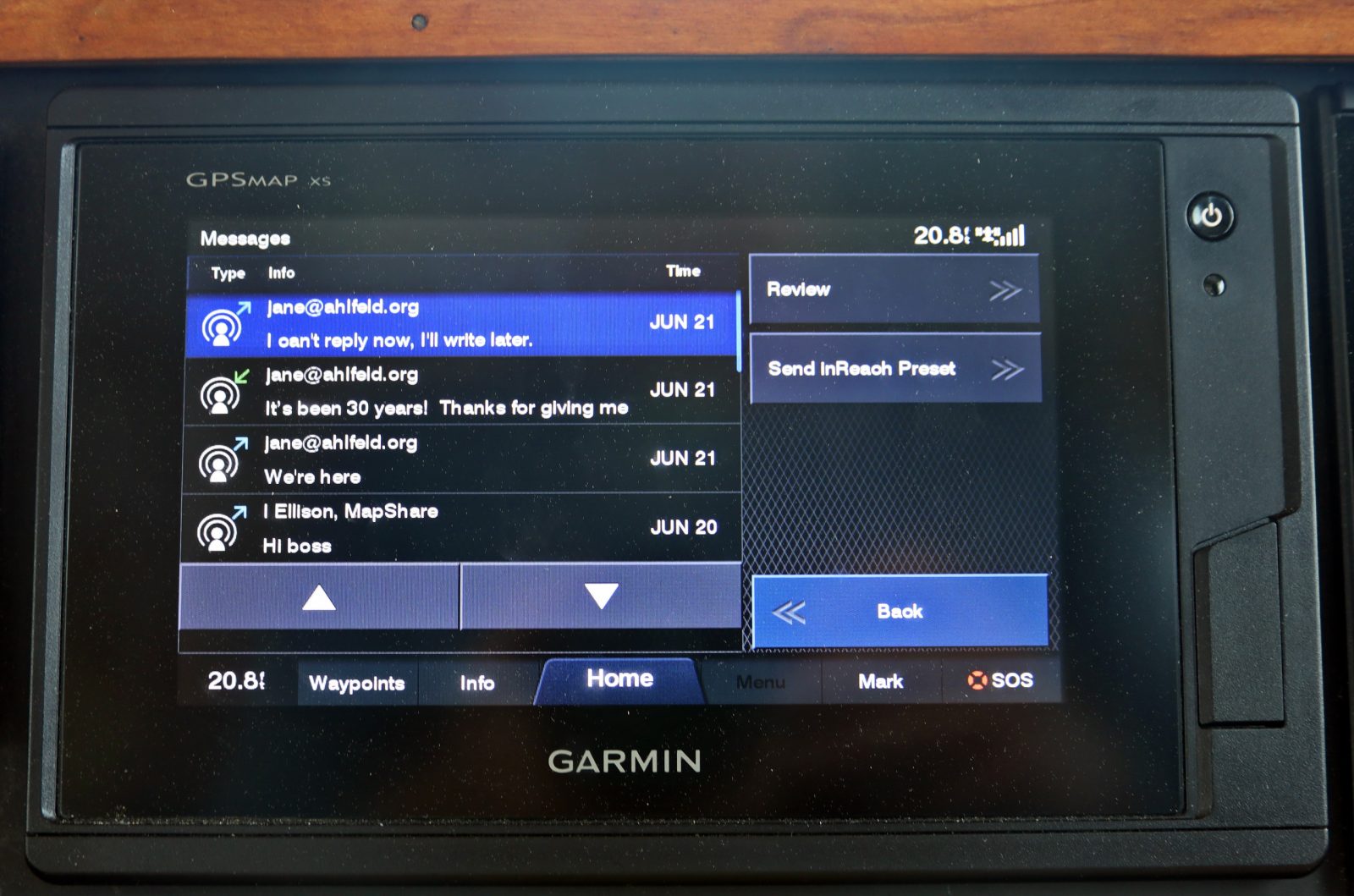
Finally, in my conversation with Garmin, the spokesperson also elaborated on why they acquired GEOS:
GEOS has been a long-time partner of Garmin and we recognized the essential role they play in supporting our SOS functionality. During this time, we have recognized ways we could improve our service to customers if closer collaboration and integration was possible; this acquisition enables this next level of integration.
As intriguing as that sounds, I’m unable to guess what more Garmin has in mind. Newer SEND models like the inReach Mini I’ve come to appreciate for its simplicity, or the do-it-all GPSMap 86sci that Ben Stein has been testing, can already integrate nicely with many Garmin multifunction displays. I was only demonstrating the feature in the June 2019 photo above, but I could have been communicating with the GEOS bunker or directly with the Coast Guard.
At any rate, I look forward to seeing what the “next level of integration” looks like and I’m optimistic that GEOS will remain an able partner to all SEND developers.


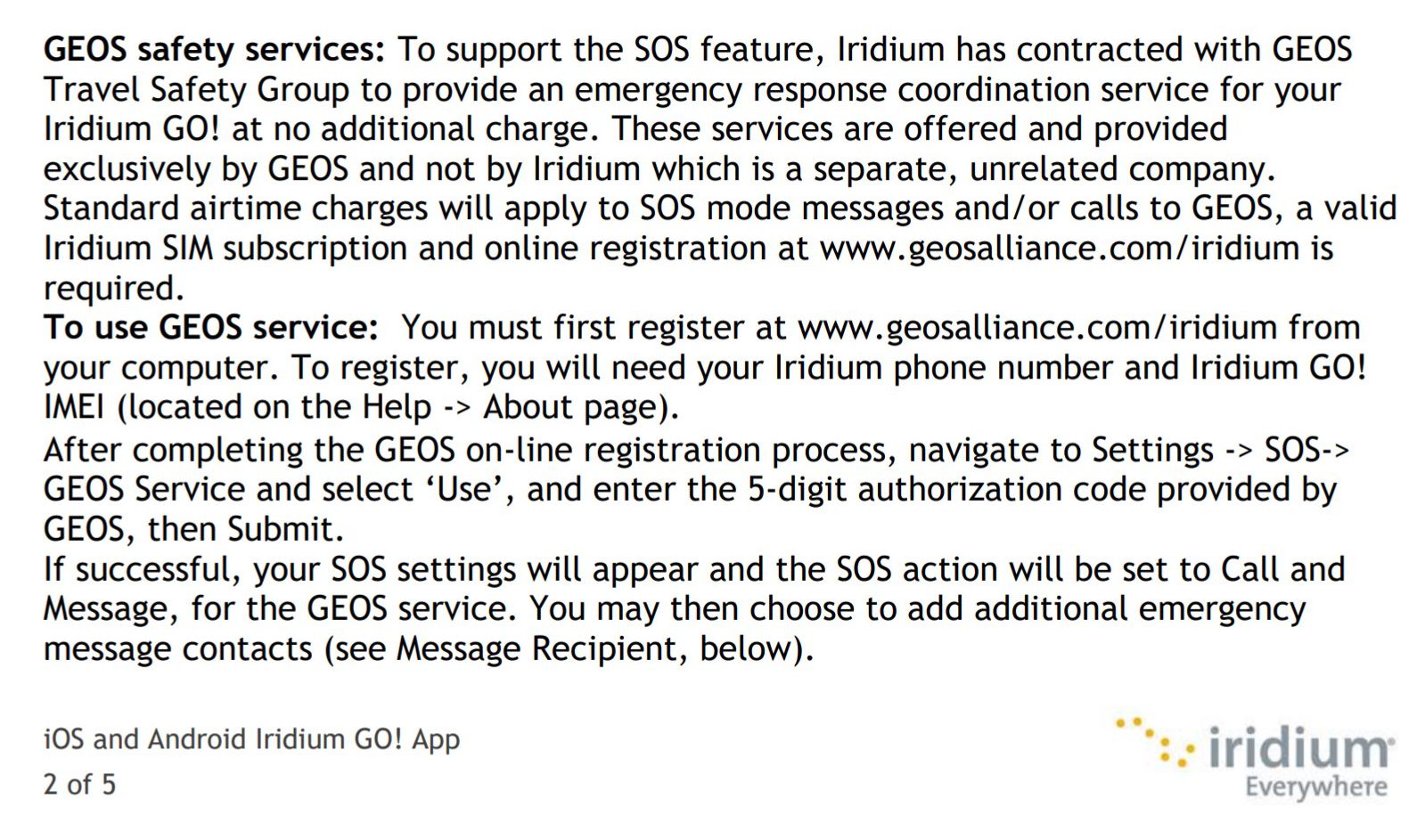
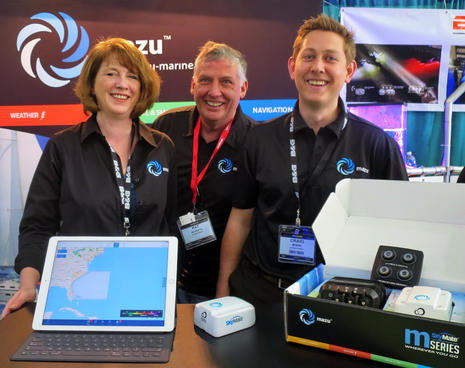

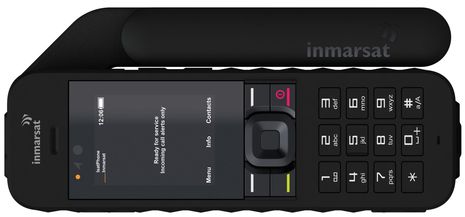
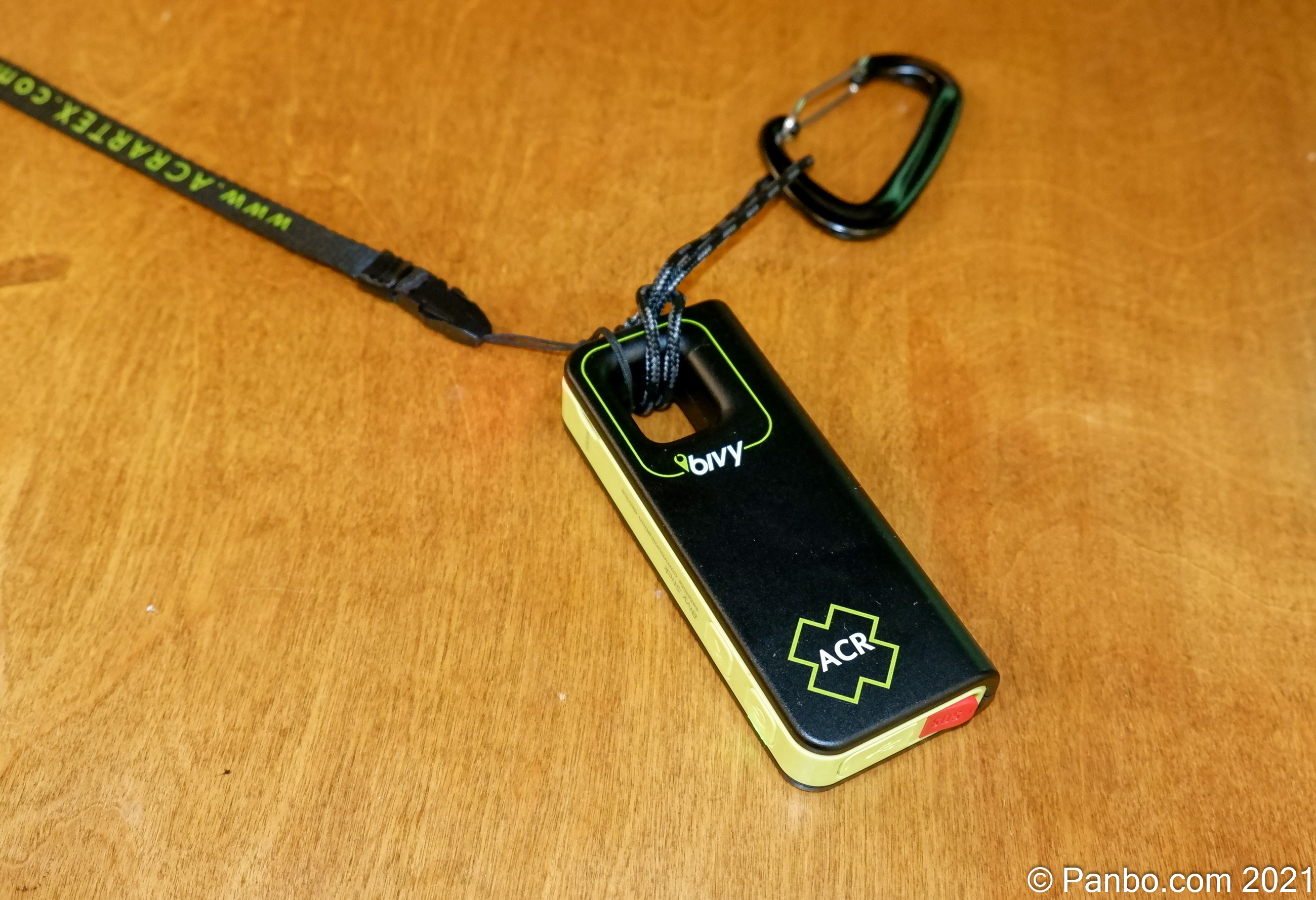








Incidentally, the Garmin inReach MFD integration shown in the last image does not yet include the ability to type custom messages using the MFD’s bright touchscreen keypad, but I’m told that’s coming soon as part of an MFD update.
Do you happen to know if a Garmin inReach (or even the likes of Zoleo) subscription includes rescue costs as standard or do you need to go directly through GEOS?
Well, both Garmin and Zoleo include unlimited SOS messages in all their service plans:
https://discover.garmin.com/en-US/inreach/personal/
https://www.zoleo.com/en-us/plans/
That does not cover actual rescue costs, but usually they are free from the governmental SAR organizations that GEOS coordinates with, like the USCG. So the additional GEOS SAR insurance plans you can purchase apply to situations where a private rescue contractor comes into play, generally in the third world.
Very untrue. Almost all medical helicopters charge huge costs in the US. When I coordinated air evacs in South America a fat deposit was required before they would spool up. Looks like Garmin is slowing cancelling medevac insurance. A huge diminution of the value of InReach.
Good grief, Rob, you really need to work on your reading skills. Like SAR and USCG. Also check out LifeFlight of Maine, an actual med heli service that is nonprofit and often free.
30 years full time RN EMT. University trauma hospital. Ambulance duty. USAF medic. I’ve reviewed hundreds of EMS bills including international medevac and intra US helo missions. Free is rare. I stand by my report…
Rob, do you even realize that you’re ommenting on a U.S. boating site? So most readers use an inReach or similar in distress to reach out to the USCG, whose rescue assets include ships, planes, helicopters, rescue swimmers and medics, all free of charge except in cases of purposeful false alarms. Many countries offer free SAR services, reachable by inReach or Zoleo etc.
Looks like Garmin is slowly making the move . Once they GEOS , they will know if they are at risk with their competitors .
So a potential takeover of Zoleo ?
They have just dropped MEDEVAC insurance.
“We would like to inform you that existing MEDEVAC membership benefits will no longer be renewable after Dec. 31, 2021. However, if you renewed your MEDEVAC membership benefit in 2021, it will still expire one year from your renewal date.
New MEDEVAC membership benefits are no longer available for purchase.”
Please help me clarify the medevac insurance(no longer?) offered thru Garmin InReach. Medical helicopters are all private for-profit services in my state, New Mexico. $40-80k per ride. I’m no lawyer, but looking at Garmin’s announcements they are getting out of the rescue cost reimbursement business. Thanks
A brief review of their new terms of service also shows that they may not even attempt to contact rescue services on your behalf in certain countries, depend on local governmental SAR services to the exclusion of coordinating private rescue in areas where the government may not provide those services, and will now only pay claims for services on a reimbursement basis, thus ensuring you won’t be able to use their services in areas where cash up front is the standard.
I guess that nonprofit medevac services are rare, but LifeFlight of Maine is great for my state and also for cruisers poking around remote parts of the coast. Average fee is currently 15,000, more detail here:
https://www.ellsworthamerican.com/featured/lifeflight-runs-lean-in-world-of-rising-costs/
Also this great profile by my wonderful daughter Jesse:
https://downeast.com/issues-politics/healers-in-the-sky/
WOW, What happened to GEOS, now Garmin, and SPOT relationship? Gone to zero in less than a year. SPOT now uses FocusPoint – “What happens if I press the S.O.S. button? “FocusPoint International, Inc. provides the S.O.S./911 monitoring included in your Basic Service. Your device will send FocusPoint International”
From findmespot dot com web page today
https://www.findmespot.com/en-us/spot-focuspoint-partnership
Anyone signing up for any of the SAR plans being sold by Garmin under the “my-geos” or IERCC should read fully the terms and conditions. You may be surprised to learn that you do not have coverage for natural disasters, it’s right there in the terms and conditions in plain english among many other exclusions. Cash cow, near zero payouts, another garmin money grab.
I discovered this product because of a handout that came with my new inmarsat sat phone and thought what a great idea. Then noticed the Garmin copyright at the bottom of the page…that prompted me to read the full terms and conditions, which prompted me to forget the whole thing.
Hi Ron, I haven’t looked but isn’t it possible that all the rescue services have terms and conditions like this?
https://www8.garmin.com/iercc/Standard_SAR_TC.pdf
Sure, it’s possible. After reading the tandc it appears to be near impossible to actually get them (Garmin) to pay for anything. Which could be their business plan. My Geos should have stayed independent.
I notice that the new ACR Bivy Stick — https://panbo.com/bivy-stick-acrs-new-satellite-tracker-with-strong-outdoor-roots/ — uses a company called Global Rescue to dispatch SAR services. The dispatch is included in the communications subscription but GR also offers rescue and medical policies:
“Q: HOW DOES THE SOS WORK?
A: Global rescue handles all SOS monitoring for Bivy stick users. Once you initiate the SOS button Global Rescue will dispatch the appropriate SAR based on your location. Your monthly subscription includes dispatch for rescue anywhere in the world. You could possibly be responsible for costs incurred from a rescue and you can purchase a Global Rescue membership for additional rescue insurance. To activate the SOS on the device, pull back the red tab and depress the button for 5 seconds. The lights will indicate if an SOS has been activated. https://partner.globalrescue.com/bivy/